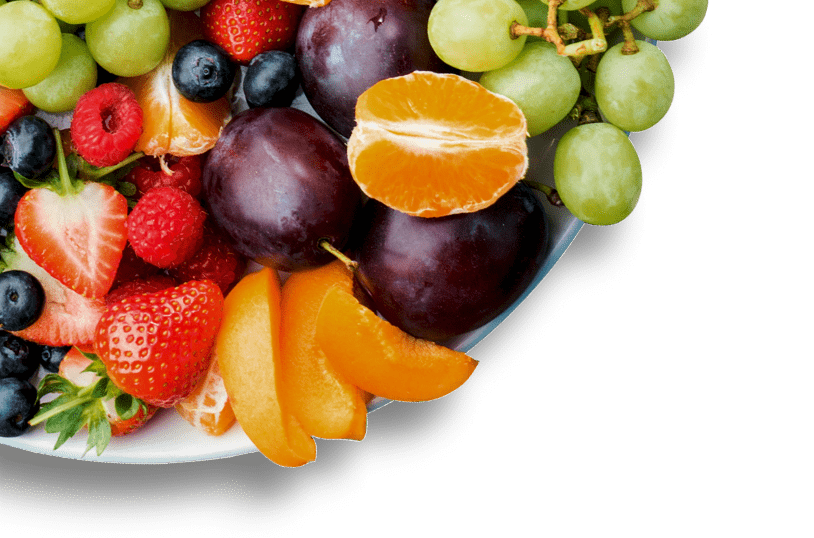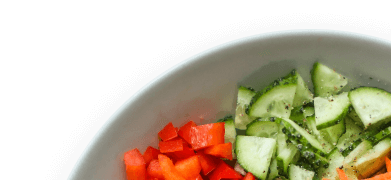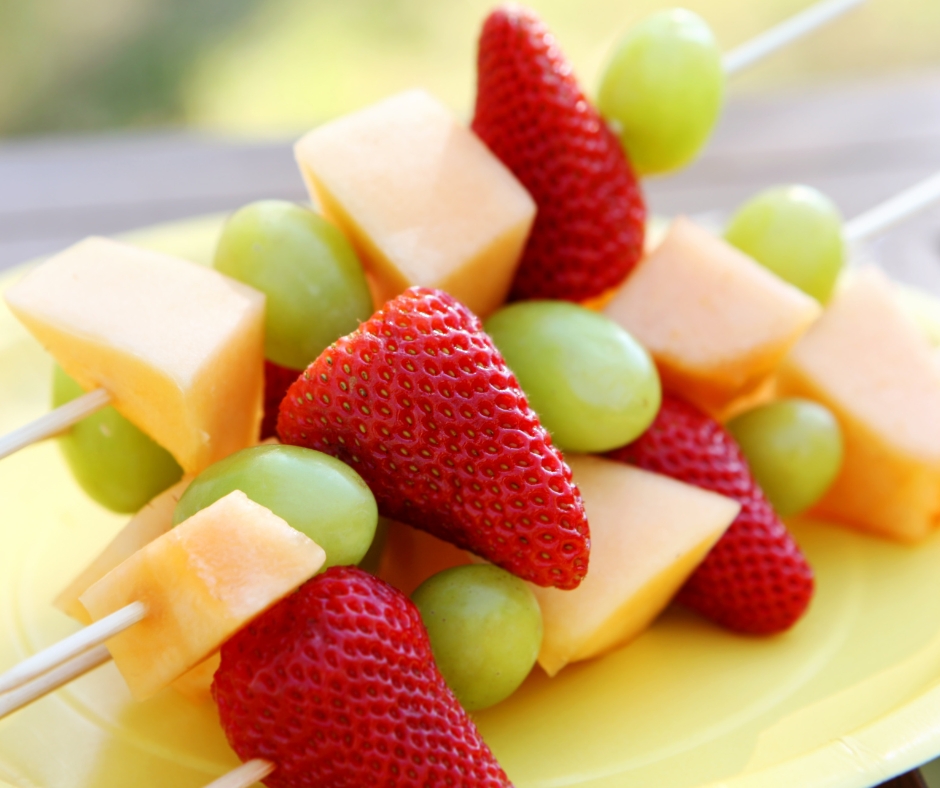Introducing new foods to children
While ‘fussy eating’ or refusing foods is normal for children, it can present challenges for cooks and educators when trying to introduce new foods to the menu.
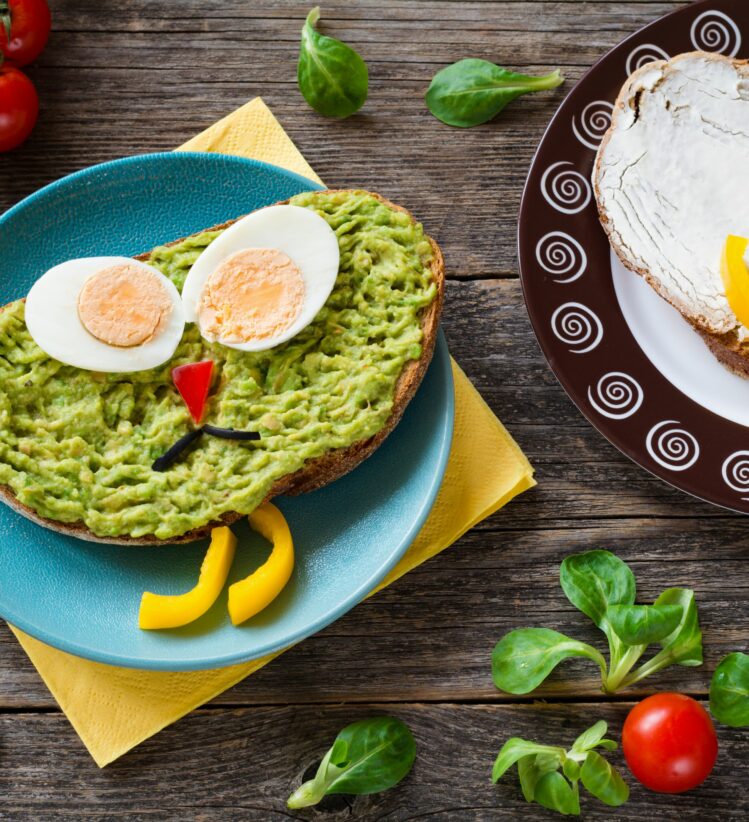
In fact, being wary of trying new things is a part of healthy growth for young children [1].
Up to 50% of all 0-3 year old children refuse to eat new and different foods at least half the time [1.]
1. Carer provides, child decides
Children and their carers [2] (including educators and parents) have different responsibilities around promoting and providing foods and drinks to children.
Your responsibilities when teaching and providing food to children are:
- what foods children are exposed to, and what is on the menu
- when the children eat, and how often (e.g. offering meals every 2-3 hours)
- where the children eat and the mealtime environment.
The child is responsible for how much they choose to eat, and whether or not they try something new. If you provide a safe, nutritious, positive and supportive eating environment, children will decide what, and how much, they eat.
2. Repeated exposure
Repeated exposure helps make the food more familiar and reduce fear or aversion.
A child may need to be exposed to a food 10 or more times before they feel comfortable with it [3]. Even then, they still might not enjoy eating it – even adults don’t like everything!
You can expose children to new foods by engaging all of their senses, such as putting the food to their lips but not tasting it, or looking at it and discussing it. Here are a few ways to engage their senses:
- Sight: What does it look like? How big is it? What shape and colour is it?
- Smell: What does the food smell like? Is it sweet or fruity?
- Touch: What does the food feel like? Is it smooth, rough, spiky, or fuzzy? Does it feel different in your hands than it does on your lips, or your tongue?
- Taste: What does it taste like? Is it sweet or sour?
- Sound: What sound does it make when you take a bite? Is it crunchy?
Focus on introducing one food at a time. For example, if you want to add pumpkin and chickpea risotto to the menu, plan activities that expose children to any ingredients that might be new to them. You could focus on the pumpkin first, then move onto chickpeas.
3. How to have a whole-of-service approach
Everyone in your service has a role to play to promote healthy eating and overcome food refusal.
This helps to embed these practices in your service, so they’re sustained over time.
Educators can:
- Incorporate healthy eating into educational games and activities, such as having a garden or plants for the children to tend to, cooking with children, and using food in activities like science, home corner fun, singing and reading. Check out our classroom activities here.
- Scaffold children’s learning whilst trying new foods, such as planning an activity with a new food, and including it on the menu. For example, growing beetroot in the garden, doing a fun art activity with beetroot, then serving it on the menu.
- Provide happy and supportive mealtimes. This includes allowing children to serve themselves, avoiding pressuring children to eat everything on their plate, and not making a big deal if they refuse the food.
- Role model healthy eating practices by eating healthy foods with the children at shared mealtimes, and talking about it in a positive way.
- Allow children time to explore new foods. Discuss new foods, and don’t worry if they play with their food. Repeated exposure to new foods can help them become familiar with it.
- Create bridges of familiar foods with new foods, such as serving a new food with other familiar foods.
- Undertake training and use evidence-informed resources. Check out our free online promoting healthy foods and drinks training modules and healthy classroom activities.
- Reinforce healthy eating with positive messaging, such as having posters and books for children with healthy eating messages in your centre.
Cooks can:
Work with educators to plan when to add new foods to the menu and how they will be introduced to children, such as:
- Bridging familiar foods with new foods
- Using a ‘kitchen garden’ to cook with ingredients grown by the children
- Getting involved and/or supporting cooking activities in the classroom.
Families:
Your service can involve families by communicating with them about new menus and recipes, and any upcoming food activities. You can also invite them to events like National Nutrition Week and encourage them to do follow-on activities at home.
4. Healthy eating activities
Taste the Rainbow
‘Taste the rainbow’ is a three-part vegetable activity that involves reading, cooking, and tasting the rainbow. It exposes children to new foods in a fun and engaging way, while incorporating other learning outcomes.
You can find more healthy eating games and activity ideas here
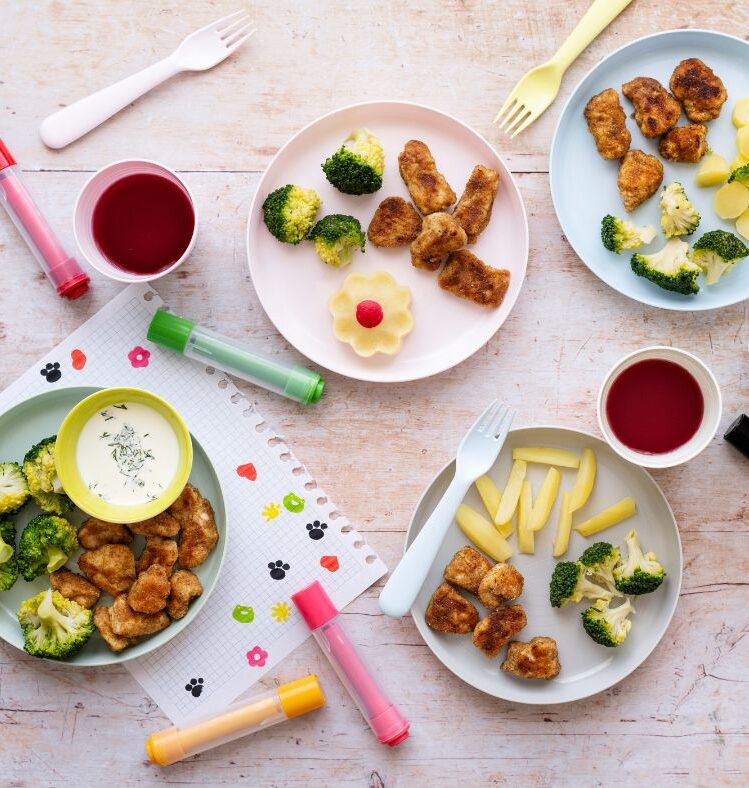
References
[1] Better Health Channel, Toddlers and fussy eating, Department of Health & Human Services, State Government of Victoria. Accessed, https://www.betterhealth.vic.gov.au/health/HealthyLiving/toddlers-and-fussy-eating
[2] Slatter, E, Ellyn Slatter’s Division of Responsibility in Feeding, 2015. Accessed, https://www.ellynsatterinstitute.org/
[3] Food – Fussy eating in toddlers, Sydney Children’s Hospitals Network, NSW Health. Accessed, https://www.schn.health.nsw.gov.au/fact-sheets/food-fussy-eating-in-toddlers
For more information please phone 1300 22 52 88 or email heas@nnf.org.au
Except where otherwise indicated, the images in this document show models and illustrative settings only, and do not necessarily depict actual services, facilities or recipients of services. This document may contain images of deceased Aboriginal and Torres Strait Islander peoples. In this document, ‘Aboriginal’ refers to both Aboriginal and Torres Strait Islander people. ‘Indigenous’ or ‘Koori/Koorie’ is retained when part of the title of a report, program or quotation. Copyright © State of Victoria 2016
Written and reviewed by dietitians and nutritionists at National Nutrition Foundation, with support from the Victorian Government.

Register your interest
"*" indicates required fields




